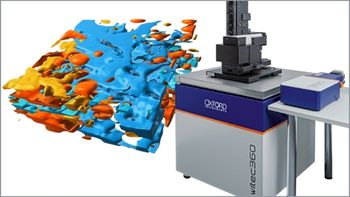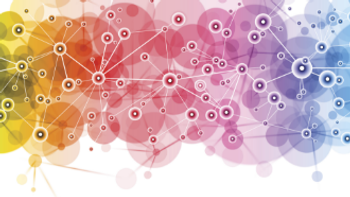
Editors’ Series: Mid-Infrared, Near-Infrared and Raman Spectrometries: Differences, Commonalities, and When to Use Which
Join us for this webcast, presented in collaboration with the Society for Applied Spectroscopy (SAS), to learn essential information about how the vibrational spectrometries-mid-IR, NIR and Raman-differ from each other, and when to use each. This webcast previews a short course that will be taught by Jim de Haseth at Pittcon 2020. Live: Wednesday, Feb. 5, 2020 11am EST | 8am PST | 4pm GMT | 5pm CET On demand available after airing until Feb. 5, 2021 Register free
Register free:
Spectroscopy is pleased to offer this series of educational webcasts as part of the Society of Applied Spectroscopy’s ongoing extension of its certification and training program. These webcasts are intended to provide a simple introduction and grounding in different types of spectroscopy for people that use or are thinking to use spectroscopy in their work or studies. The SAS webcasts can also serve as a refresher for those people that need reminding of important concepts or tricks and tips in various types of spectroscopy. This event also previews a short course that will be taught by Jim de Haseth at Pittcon 2020.
Event Overview:
The vibrational spectrometries-mid-infrared (mid-IR), near infrared (NIR) and Raman-are powerful analysis technologies, but often it is unclear exactly which vibrational spectrometry should be used for a given analysis. This brief webcast will provide an introduction to the origin of bands in the three spectrometries. Active bands differ from spectrometry to spectrometry, but some bands may be present in more than one of the technologies. Sensitivity differs from technique to technique and this can be very important for the selection of the appropriate spectrometry. These differences lead to different information content for the three techniques and it is incumbent upon the user to select the spectrometry best suited to a given task, or at least, to have enough information to confirm a result. This webcast will not cover instrumentation, but rather will be directed to the advantages and shortcomings of mid-infrared, Raman, and near infrared spectrometries.
Key Learning Objectives:
- Learn the advantages and shortcomings of mid-infrared, Raman, and near infrared spectrometries, including differences in sensitivity
- Understand which active bands are present in each technique
- Know when to choose which technique
Speaker: James A. de Haseth, Senior Partner, Light Light Solutions, LLC
Time and Date: Wednesday, Feb. 5, 2020 11am EST | 8am PST | 4pm GMT | 5pm CET
On demand available after airing until Feb. 5, 2021
Sponsors: Hamamatsu
Society of Applied Spectroscopy
Register free:
Newsletter
Get essential updates on the latest spectroscopy technologies, regulatory standards, and best practices—subscribe today to Spectroscopy.




